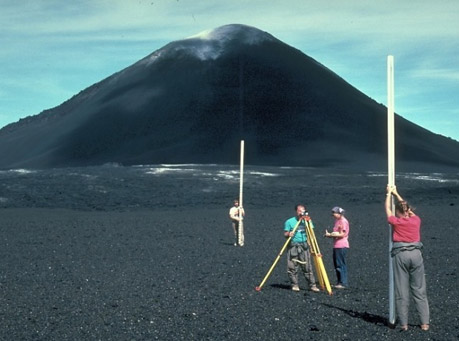
A Geographic Information System (GIS) is a system which is designed to acquire, store, manipulate, analyze, manage, and present all types of geographical data in a usable format for Engineers and planners. Generally GIS describes any information system which collets, integrates, stores, edits, analyzes, shares, and displays information about geopgraphy. There are various GIS applications which are used to create interactive queries, analyze spatial information, edit data in maps, and present the results of all these operations in a usable format. GIS a general term used for a number of different technologies, processes, and methods. GIS has many applications in engineering, planning, management, transport/logistics, insurance, telecommunications, and business. Because of its wide applications GIS can become the foundation for many location-enabled services which are dependent mainly on analysis and visualization.
In GIS, location of a particular object, event or extent is used as the key variable. Locations on the Earth are recorded in the form of dates/times of occurrence, and x, y, z coordinates representing, longitude, latitude, and elevation, respectively. All Earth-based spatial–temporal location and extent references are related to one another and ultimately they lead to a “real” physical location or extent. This key characteristic of GIS is opening new avenues of scientific inquiry.
Applications
- Infrastructure
- Business
- Education
- Natural Resources
- Mapping and Charting
- Geospatial Intelligence
- Government
- Health Services
- Public Safety
- Tourism
- Transportation
Last modified: September 21, 2024


